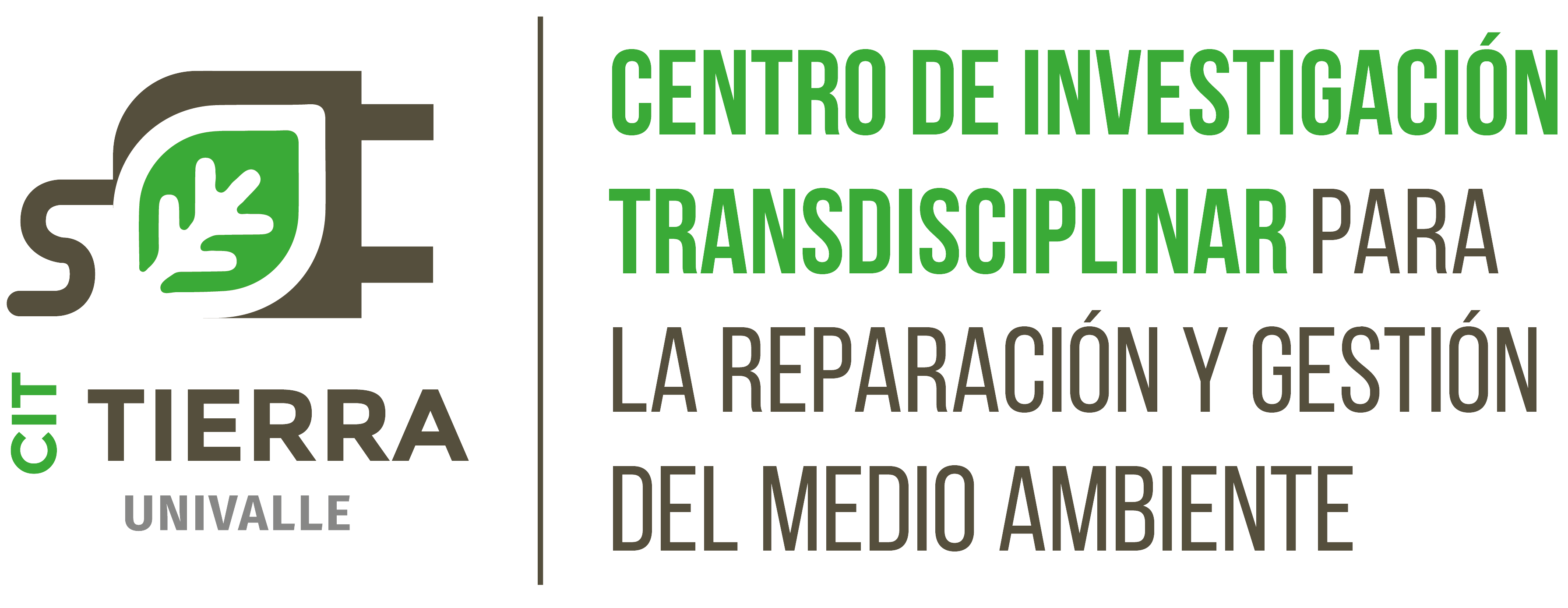Aircraft Control Project Falcon F-16 Using the Scheluding Gain Method
DOI:
https://doi.org/10.52428/20758944.v13i41.635Keywords:
Control LQR, Gain scheduling , Operation pointsAbstract
In this paper, we present the project of the longitudinal and lateral directional control systems for the Falcan F-16 aircraft, using the gain scheduling method. For this, the algorithm LQR (Linear Quadratic Regulator) based on the linearization of dynamic systems represented by state equations is used. From certain hypotheses, the highly non linear coupled motion equations of the aircraft are obtained. Taking into account certain points of equilibrium or operation, linearization procedures are performed on the two axes of the aircraft, a stability analysis is performed evaluating the position of peles and zeros of each transfer function, the LQR technique is applied for linear models selected, finally proceed to the scheduling the gains for selected conditions and simulating the aircraft with the projected controllers.
Downloads
References
(1) Cook, M. V. (2007). Flight Dynamics Principies. Gran Bretaña: Butterworth-Heinemann, Elsevier.
https://doi.org/10.1016/B978-075066927-6/50007-6 https://doi.org/10.1016/B978-075066927-6/50010-6
https://doi.org/10.1016/B978-075066927-6/50012-X https://doi.org/10.1016/B978-075066927-6/50005-2
https://doi.org/10.1016/B978-075066927-6/50014-3 https://doi.org/10.1016/B978-075066927-6/50008-8
https://doi.org/10.1016/B978-075066927-6/50017-9 https://doi.org/10.1016/B978-075066927-6/50015-5
https://doi.org/10.1016/B978-075066927-6/50006-4 https://doi.org/10.1016/B978-075066927-6/50009-X
https://doi.org/10.1016/B978-075066927-6/50000-3 https://doi.org/10.1016/B978-075066927-6/50011-8
https://doi.org/10.1016/B978-075066927-6/50013-1 https://doi.org/10.1016/B978-075066927-6/50016-7
https://doi.org/10.1016/B978-075066927-6/50001-5
(2) Huo, Y. (2003). Model of F-16 Fighter Aircraft. Los Angeles: University of Southern California.
(3) Stevens, B. y L. Lewis, F. (2003). Aircraft Control and Simulation. New Jersey: John Wiley & Sons. lnc.
(4) Triveno Vargas, F. y Erik, P. (2014). Modelado, Simulación y Control de Sistemas Mecatronicos y Aeroespaciales con Matlab-Simulink. Cochabamba: Servando.
(5) Triveno, F. J. y Oros, C. E. (2012}. Sistema de Aumento de Estabilidad en Aeronaves con Controladores de Dos Grados de Libertad. Cochabamba: Univalle.
(6) Triveno, F. J. y Pozo, E. O. (2011). Rastreo y Regulación de la Altura y la Velocidad de una Aeronave de Transporte Empleando Control Optimo. Cocha bamba: Universidad del Valle.

Downloads
Published
How to Cite
Issue
Section
License
Copyright (c) 2017 María Eugenia Fajardo Rojas y Francisco Javier Triveño Vargas

This work is licensed under a Creative Commons Attribution 4.0 International License.
Authors who publish with this journal agree to the following terms:
- Authors retain copyright and grant the journal right of first publication with the work simultaneously licensed under a Creative Commons Attribution License 4.0 that allows others to share the work with an acknowledgement of the work's authorship and initial publication in this journal.
- Authors are able to enter into separate, additional contractual arrangements for the non-exclusive distribution of the journal's published version of the work (e.g., post it to an institutional repository or publish it in a book), with an acknowledgement of its initial publication in this journal.
- Authors are permitted and encouraged to post their work online (e.g., in institutional repositories or on their website) prior to and during the submission process, as it can lead to productive exchanges, as well as earlier and greater citation of published work.














